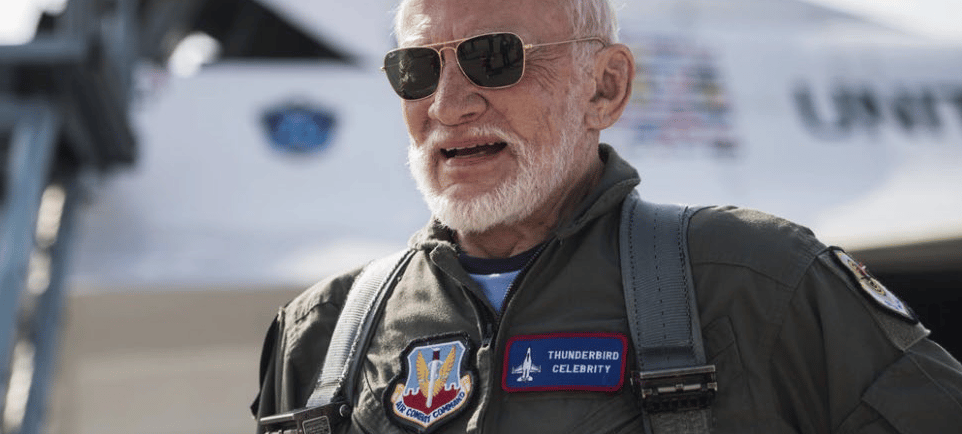Pope Leo XIV Honors Moon Landing Anniversary with Astronomical Reflection and Faith in Creation
7/21/20253 min read


On July 20, 2025, Pope Leo XIV marked the 56th anniversary of the Apollo 11 moon landing in a deeply symbolic way: by speaking directly with Buzz Aldrin, the last living astronaut of the historic mission, and visiting the Vatican Observatory in Castel Gandolfo. More than just a gesture of commemoration, the day served as a meaningful convergence of science, faith, and human curiosity—reminding the world of the Catholic Church’s long-standing appreciation for the wonders of God’s creation revealed through astronomy.
A Papal Call to the Stars: Buzz Aldrin and Psalm 8
In a heartfelt video call with 95-year-old Buzz Aldrin, Pope Leo and the astronaut reflected on the significance of the 1969 moon landing. But their conversation extended beyond the technical marvel—it became a moment of shared meditation on the “mystery, grandeur, and fragility” of the universe, drawing inspiration from Psalm 8, which ponders humanity’s place within God’s vast cosmos.
“When I consider your heavens, the work of your fingers, the moon and the stars, which you have set in place…” — Psalm 8:3
This quiet moment between two men—one who walked on the moon, and one who leads the Church—invited the world to see space not just as a frontier of science, but also a reflection of divine order and beauty.
A Visit to the Vatican Observatory: Bridging Faith and Science
Earlier that same day, the Holy Father visited the Vatican Observatory, nestled in the hills of Castel Gandolfo, 18 miles outside of Rome. This institution, formally established in 1891 by Pope Leo XIII, is one of the oldest astronomical research centers in the world.
Today, it remains a testament to the Church’s commitment to scientific exploration, operating modern facilities not only in Italy but also in Arizona, USA, where the Vatican Advanced Technology Telescope was completed in 1993 on Mount Graham.
During his visit, Pope Leo XIV took time to observe the stars through historic telescopes, engaging personally with the legacy of Catholic scientists who see no conflict between faith and the empirical study of the universe.
“To contemplate the heavens is to contemplate the Creator,” the pope said, echoing a theme consistent throughout his pontificate.
The Pope and the Cosmos: A Lifelong Love of Astronomy
Pope Leo XIV has always expressed a special affection for the sciences, especially astronomy. Holding a degree in mathematics from Villanova University, he often reminds young researchers of their duty to use knowledge for the good of all.
When addressing students at the Vatican Observatory Summer School earlier this year, the pope encouraged them to remain open-hearted and generous:
“Be generous in sharing what you learn… Don’t hesitate to communicate the joy and wonder born of your contemplation of the seeds which God has sown in the harmony of the universe.”
This summer school, held biennially, welcomed 24 young astronomers from 22 countries, with a curriculum focused on cutting-edge observations from the James Webb Space Telescope—a tool that is already transforming how we understand the origins of galaxies and potential signs of life beyond Earth.
Where Astronomy and Christianity Meet: 3 Spiritual Reflections
While National Ice Cream Day might have taken social media by storm that same weekend in the U.S., Pope Leo’s quiet celebration of the moon landing offers a deeper kind of sweetness—one that invites contemplation and faith. Here are three powerful ways this event connects with the Christian worldview:
1. Awe in Creation Reflects the Creator
Exploring the universe reminds us that God is both grand and near. The vastness of space magnifies our smallness, yes—but also our significance as God’s beloved creation.
2. Science is a Vocation of Stewardship
Catholic tradition doesn’t oppose science—it calls us to pursue it with humility and ethical responsibility. As Pope Leo reminds us, scientific discovery must serve humanity and honor the sacredness of life.
3. Shared Curiosity Unites Humanity
Moments like the moon landing—and the global fascination it stirred—reflect something deeply spiritual: our longing to transcend. Faith and science can work together to lift our eyes beyond ourselves and toward the infinite.
A Faith that Looks to the Heavens
As Pope Leo XIV extended his stay at Castel Gandolfo until July 22, the world was reminded that rest, wonder, and reflection are not optional in the spiritual life—they’re essential.
Whether gazing through a telescope or reading Psalm 8 under the stars, Christians are called to live with eyes wide open, marveling at the heavens while keeping our hearts rooted in hope and service.